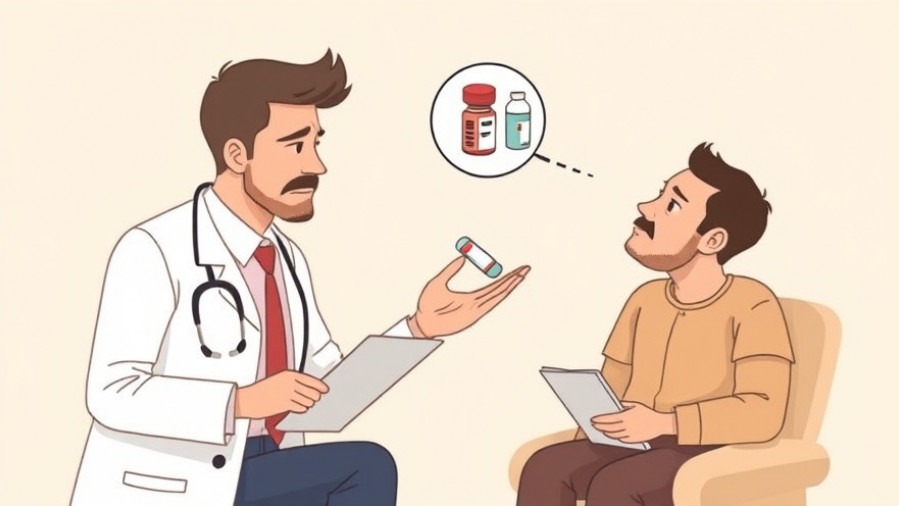
Why Patients Should Lead the Charge in Pain Management
The landscape of gynecological care is undergoing a pivotal shift, one that turns its focus toward patient experiences and empowerment. In our modern healthcare setting, it’s imperative that we disband the outdated notions of pain management that encourage women to endure suffering as a mark of strength. For too long, healthcare providers have relied on the simplistic measures like over-the-counter painkillers, failing to recognize that pain management is not a one-size-fits-all solution. As recent calls for change emphasize patient-centered care, we find that a significant chunk of this movement can indeed be traced back to patients themselves.
Advocacy: The Power of Patient Voices
In a world rapidly shifting toward patient advocacy, we see individuals stepping forward to articulate their experiences. From TikTok stories about endometriosis pain to supported conversations among family members during medical visits, there’s a growing chorus of voices demanding better care. Patients are no longer merely passive recipients; they are becoming vocal advocates for their own health. This trend not only enhances the dialogue between patients and providers but also aligns with new CDC guidelines urging healthcare professionals to explore a wider array of pain management options. These voices carry significant weight in reshaping approaches to pain management and ensuring that healthcare providers not only listen but also act.
A Trauma-Informed Approach: A New Paradigm
Utilizing a trauma-informed lens, healthcare providers can take actionable steps to create comfortable and supportive environments for all patients. The language we use can significantly affect a patient’s experience, transforming distress into an empowered journey through gynecological care. Simple affirmations like “You’re in control,” or “We can take a break anytime,” not only guide the procedure but foster a connection of trust and respect. Additionally, recognizing the nuance in pain experiences—where individual differences mean that some may find minimal discomfort while others experience extreme pain—is crucial for effective communication.
Personal Stories: Bridging Human Connection and Healthcare
Shared experiences are incredibly powerful within the medical narrative. Consider the impact of a mother advocating for her child during an IUD insertion. These moments not only showcase the evolving dynamics in the patient-provider relationship but highlight the importance of emotional support and shared decision-making in gynecological procedures. This supportive dynamic, where shared stories and personal experiences are interwoven, creates a more tailored and compassionate approach to care.
What Does This Mean for Your Health? Actionable Insights
For you, the patient, this conversation unearths important insights about being active in your healthcare decisions. Communicating openly about your concerns, seeking out evidence-based alternatives to pain management, and relying on supportive networks can net you better experiences in medical settings. Remember, you are entitled to advocate for your health needs—never hesitate to ask about alternative measures beyond ibuprofen, like localized anesthetics or sedation options.
Looking Forward: What Can We Hope for in the Future?
As we navigate these changes, it's essential to hold onto the hope that more comprehensive, empathetic care will become the standard in reproductive health. The strides in recognizing pain as a multifaceted issue represent a significant movement towards reproductive justice where our healthcare systems truly listen and adapt. Imagine a future where healthcare providers don’t just treat pain as a data point but engage in rich conversations rooted in understanding individual experiences.
Empowerment starts here. By staying informed and involved, you can play a vital role in transforming how gynecological care is approached. Take an authoritative stance on your health—because you absolutely deserve it! And remember, every voice matters. Together, we can drive change in a healthcare system that truly values patient experiences.
 Add Row
Add Row  Add
Add 




Write A Comment